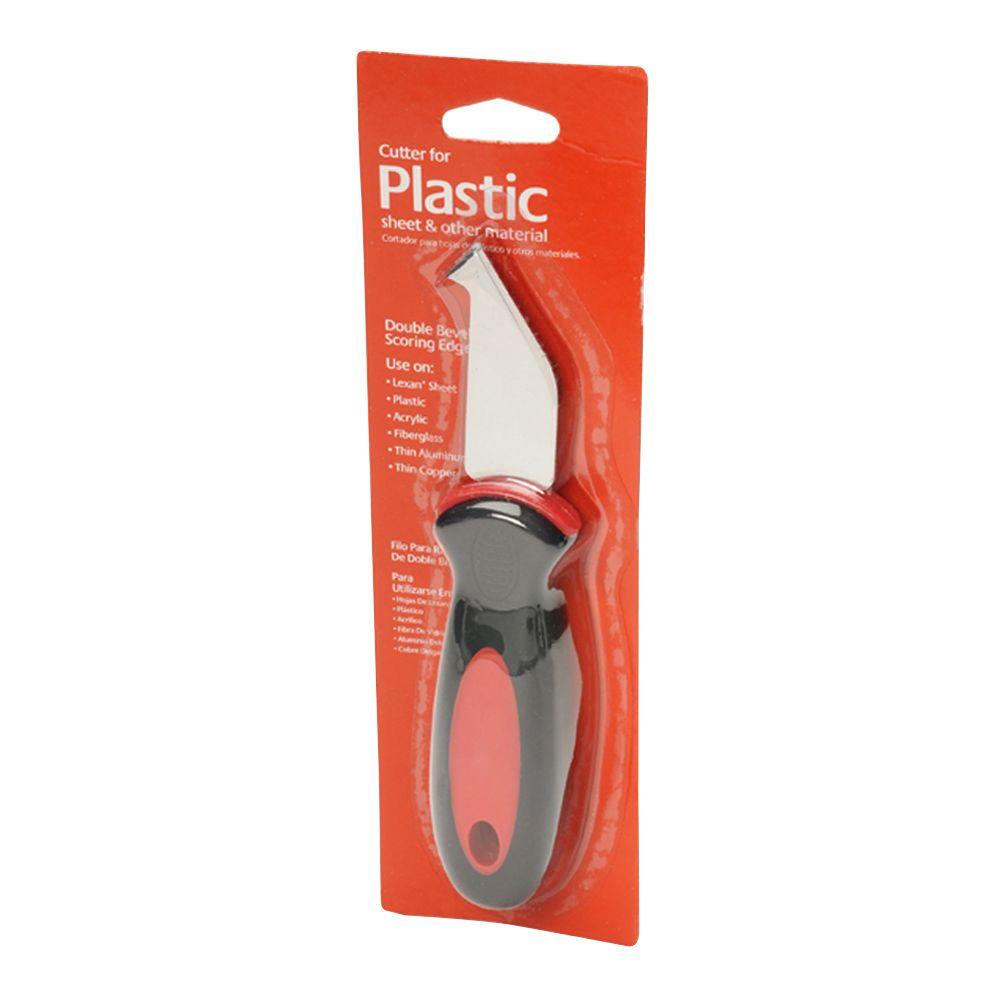Aloha,
OK, I did my homework over the week, and found this photo of Hanamaulu, a 30" gage Baldwin 0-4-2T working the Lihue Plantation (Take from “WWII Photographs by Victor Norton, Jr., Vol 4 – Plantation Railways on Kauai and the Remaining Islands,” Gale E. Treiber, Railroad Press, 2007):

The structure serving as a pivot point for the trailing pilot would, in my opinion, fill the space under Little Thomas’ cab nicely. I would extend it all the way under the coal bunker to let it serve as a mount for the after coupler, too. My cardstock masterpiece shows the plan, below. For comparison, I have a photo of what our “real” m2075 (Cleverly dubbed Big Thomas) looks like:


A rear pilot would look really, really cool, but I only have 1.5" to work with from motor block to end of locomotive. I have some vertical room to play with; the coupler height is the limiting factor there (Speaking of which, my box-o-bits had a locomotive loop coupler for the front. Score!). The photos are less clear, but they may help put my considerations into better visual perspective:


I’ve really no idea if there is a stock wheel set out there that’ll fit this gap. On Bill’s suggestion, I hit the Bachmann website, and I am off the TrainLi’s site later. I am sure I can buy the wheels and axle. I am equally sure fashioning or designing the drawbar and pivot point are beyond me. If anyone out there know if there is something I can make work, I am all ears.
So, it looks like the plan is:
- Make / Salvage a deck for the boiler and cab. I could turn this into an inverted, rail mounted razee and slice off everything below the deck plates of Little Thomas’ original chassis. This has the advantage of being a known fit for the boiler and cab, but it also is a bit of Rubicon, as once it is cut, it is gone. I could also try to fashion a new deck out of styrene. This may be trickier to get it to fit, but I am finding styrene takes glue much better than LGB plastic, which may convey advantages later on. I would match the styrene to the thickness of the existing deck to ensure correct strength.
- Fashion the extension to the chassis. To be frank, I am not sure of the approach here. It needs to fit flush against the motor block, not obstruct the rear drivers, mount to the deck, and take the stress of the coupler when the old boy finally heads out with a real train. The need for security would seem to suggest that it should fasten to the deck with screws. Is there a block plastic I should use? Or should I build a styrene frame and secure it to the deck? Maybe I should try to cut and shape a block of wood, then cover it with plastic prior to painting to hide the grain?
Bill having at last got me to order off of e-Bay, I noted that thrashed and deconstructed STAINZ are in abundance, which provide options for a rudimentary interior. I’d really like to cut the doors off and do the inside right, but I think I’ll save that for a project with a stronger starting point.
More questions than progress this week, but I really needed to do the homework to find a guide and then mess around with the cardstock to visualize the possible.
Have a great week!
Eric





